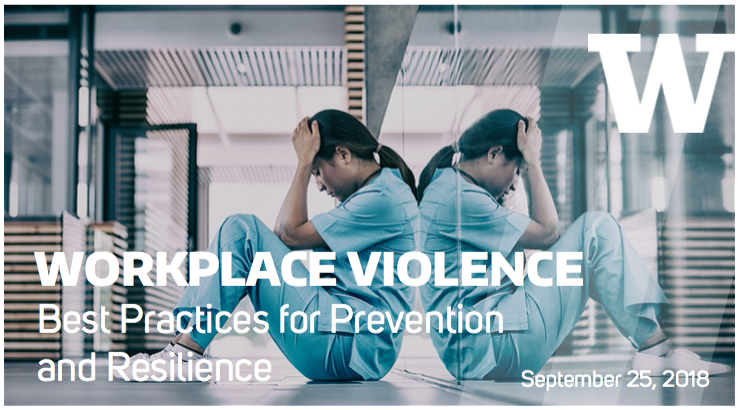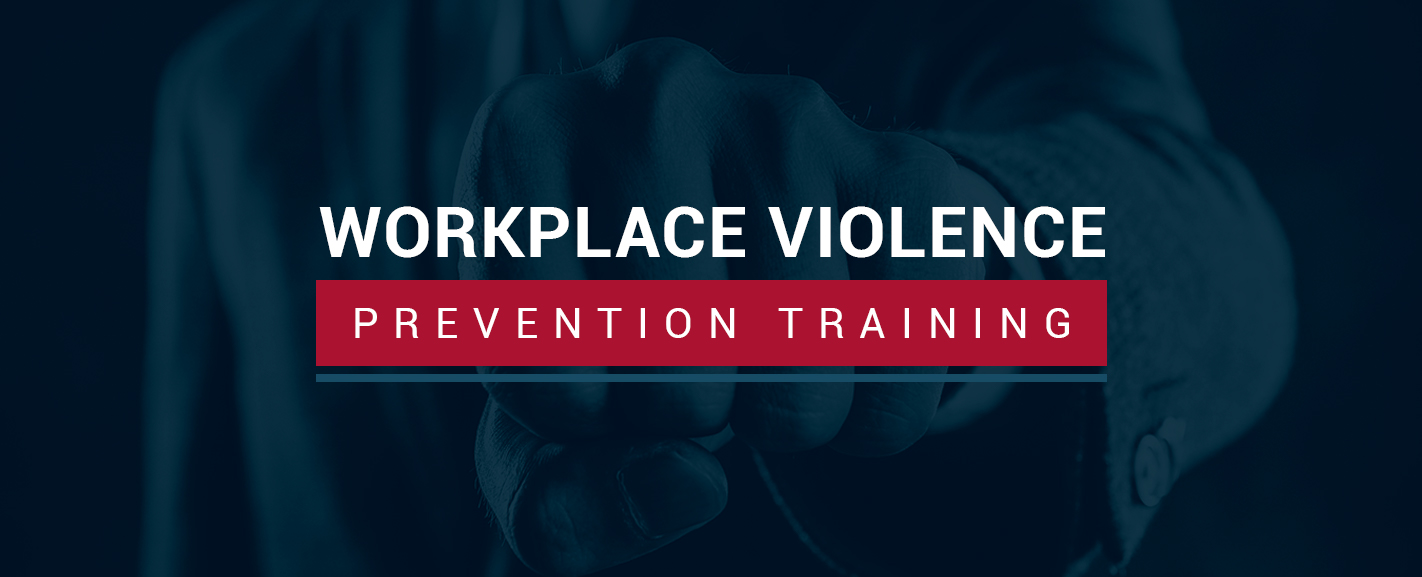An In-depth Guide to Understanding California Workplace Violence Prevention Rules
An In-depth Guide to Understanding California Workplace Violence Prevention Rules
Blog Article
Evaluating the Impact of Workplace Culture on the Success of Physical Violence Prevention Initiatives and Employee Well-Being
The crossway of workplace culture, physical violence prevention efforts, and employee health warrants cautious exam, as these components jointly affect business success. A culture that focuses on open interaction and psychological security can encourage staff members to identify and report prospective threats, thus promoting an atmosphere favorable to both psychological health and wellness and reliable physical violence prevention techniques.
Comprehending Work Environment Society
Often, workplace culture offers as the structure for worker interactions and general organizational habits. It includes the common values, beliefs, and techniques that form the setting in which workers operate.

Organizations should assess their existing office culture to identify locations for enhancement. This analysis can include surveys, focus groups, or one-on-one discussions. By identifying the cultural characteristics at play, companies can apply targeted treatments that promote a safer and extra respectful work atmosphere, inevitably minimizing the threat of violence in the work environment.
Function of Staff Member Health
A favorable workplace culture not only affects organizational habits however also dramatically effects worker well-being. When staff members feel valued and respected, their general task satisfaction rises, resulting in improved mental and psychological health. This, in turn, cultivates a feeling of belonging and loyalty, which is essential for lasting interaction and productivity.
Moreover, an encouraging social atmosphere advertises open interaction, enabling employees to seek and reveal worries aid without concern of preconception. This visibility is important in addressing issues associated with stress and anxiety, exhaustion, and social disputes, which can detrimentally influence both private well-being and business consistency.
Furthermore, organizations that prioritize staff member well-being typically see lowered absenteeism and turnover rates. Healthy staff members are extra resilient and much better equipped to manage workplace challenges, adding to an extra efficient and stable labor force.
Buying staff member wellness through initiatives such as health cares, psychological health and wellness resources, and adaptable functioning setups can produce a favorable feedback loop, enhancing both individual fulfillment and cumulative organizational success (california workplace violence prevention). Eventually, prioritizing staff member well-being is not merely a moral imperative; it is a strategic approach that benefits the entire company
Physical Violence Avoidance Methods
Applying effective violence avoidance approaches is essential for preserving a healthy and safe office environment. Organizations has to take on a detailed approach that includes plan growth, staff member training, and proactive interaction. Establishing clear work environment physical violence plans is the initial step, ensuring that all staff members comprehend acceptable actions and the effects of violations.
Educating programs need to be designed to educate staff members concerning identifying warning indicators of possible physical violence, conflict resolution methods, and emergency action procedures. Regular drills and simulations can enhance readiness, promoting a culture of awareness and responsibility.
In addition, fostering open interaction channels motivates employees to report concerns without anxiety of retaliation. This can be assisted in through confidential reporting systems or routine comments sessions. Advertising a supportive office culture that values regard and inclusivity can dramatically reduce the danger of physical violence.
Organizations ought to likewise involve in routine assessments of their workplace culture and violence prevention approaches, adjusting view them to evolving needs. By focusing on these strategies, business not just shield their staff members yet additionally improve total well-being, inevitably adding to an extra productive work environment.
Gauging Cultural Impact
Measuring the impact of workplace culture on violence avoidance initiatives is important for understanding the effectiveness of existing strategies and go to website determining locations for improvement - california workplace violence prevention. To achieve this, organizations have to utilize a complex approach that combines qualitative and quantitative techniques. Evaluations and studies can collect information on worker understandings of work environment support, inclusivity, and safety and security systems, while occurrence records offer concrete evidence of violence events and their context within the organizational culture
In addition, emphasis groups and meetings can disclose much deeper understandings into employees' perspectives, beliefs, and experiences surrounding physical violence avoidance efforts. Assessing this qualitative data helps organizations to pinpoint social staminas and weak points that might either help with or prevent efficient avoidance strategies. Benchmarking against industry criteria allows for relative evaluation, helping companies determine their performance family member to peers.

Producing Encouraging Atmospheres
Regularly promoting a supportive environment within the workplace is crucial for efficient physical violence avoidance. Such atmospheres encourage employees to connect freely concerning their experiences and concerns, therefore determining potential concerns prior to they escalate. A society of support improves trust fund amongst group participants, urging partnership and positive analytic.
To produce a supportive atmosphere, discover here companies need to focus on training programs that concentrate on conflict resolution, emotional intelligence, and active listening. These skills gear up employees to handle interpersonal connections constructively, decreasing the probability of misunderstandings that can cause physical violence - california workplace violence prevention. In addition, applying mentorship programs can offer employees with advice and reassurance, contributing to their general well-being
Management plays an essential role in shaping a supportive office society. By modeling understanding behavior and demonstrating a dedication to employee well-being, leaders established a tone that motivates others to follow match. Routine feedback devices, such as confidential studies, can also aid evaluate worker sentiment and highlight locations for renovation.
Inevitably, a helpful environment not just reduces the danger of violence yet also boosts staff member morale, job satisfaction, and efficiency, enhancing the organization's commitment to cultivating a thriving and safe workplace.
Conclusion
A favorable workplace culture considerably influences both violence prevention initiatives and staff member health. By promoting open communication and urging the reporting of issues, organizations can enhance mental health and task fulfillment among workers.
The junction of workplace culture, violence prevention initiatives, and worker wellness warrants cautious exam, as these components jointly affect organizational success. A culture that focuses on open communication and psychological safety can encourage workers to recognize and report potential threats, therefore fostering an environment favorable to both mental wellness and reliable physical violence prevention strategies.A positive office culture not only affects business actions yet likewise dramatically influences staff member health. Assessments and studies can gather data on worker understandings of work environment assistance, security, and inclusivity systems, while case reports supply concrete evidence of physical violence incidents and their context within the organizational society.
A favorable workplace culture dramatically affects both violence prevention initiatives and worker wellness.
Report this page